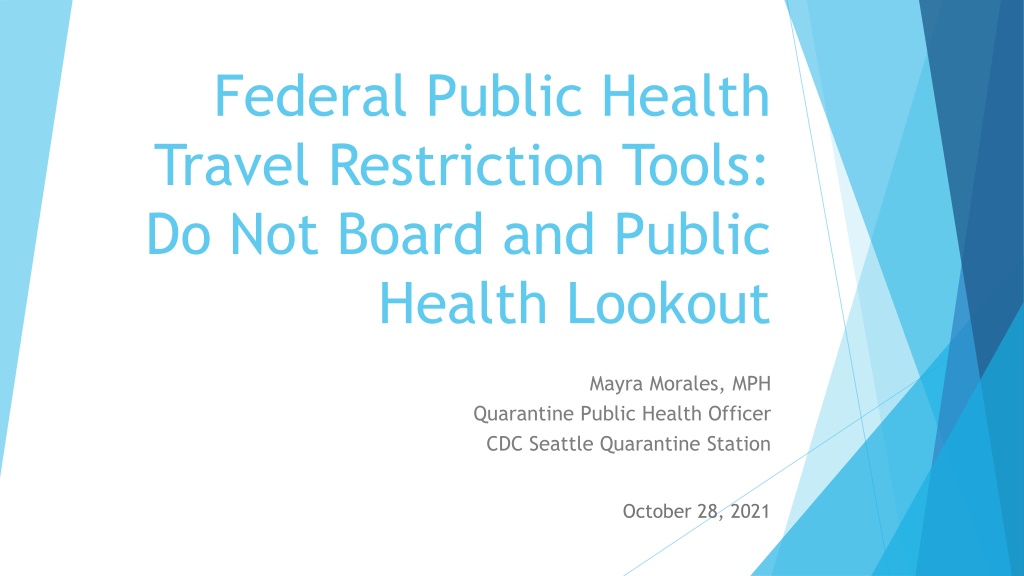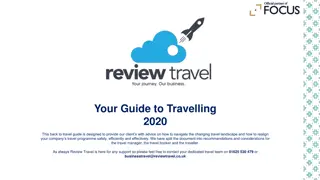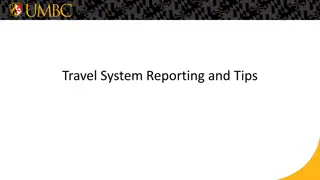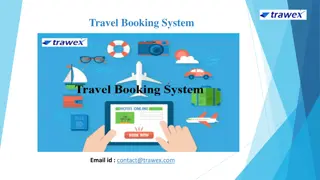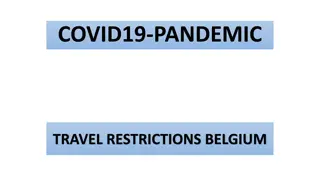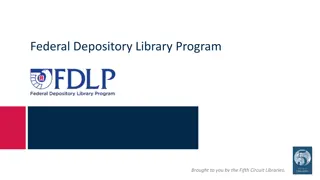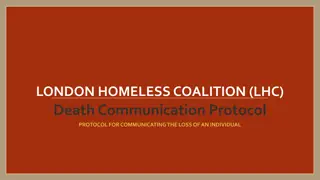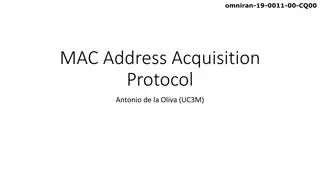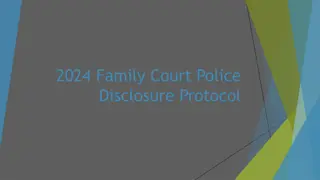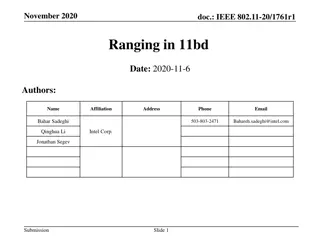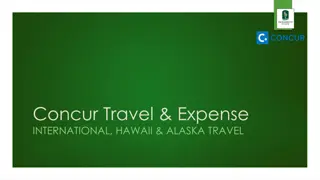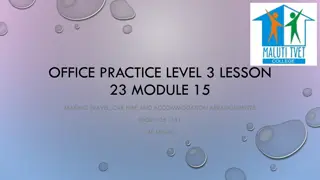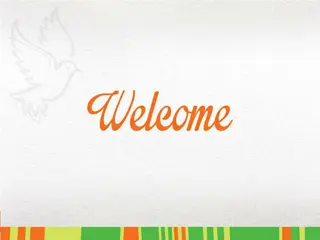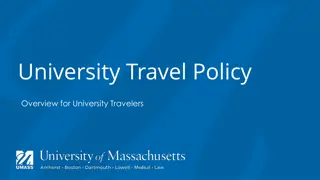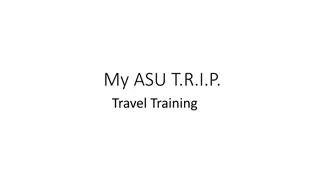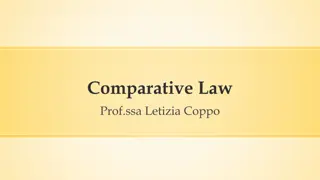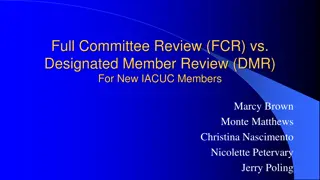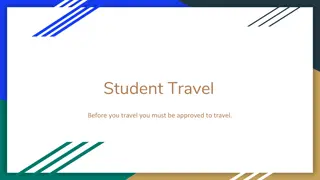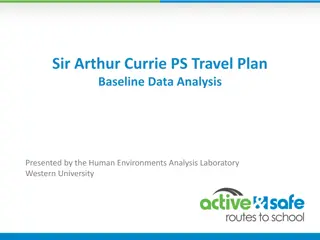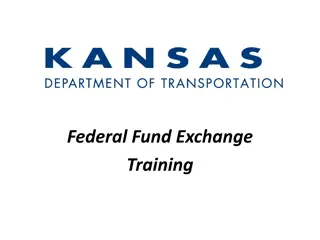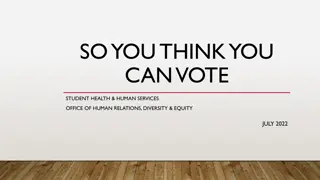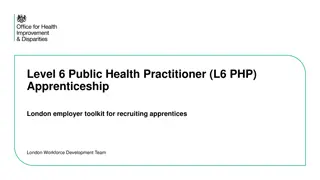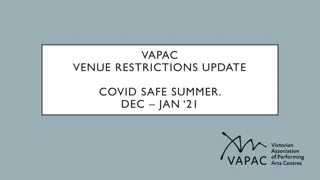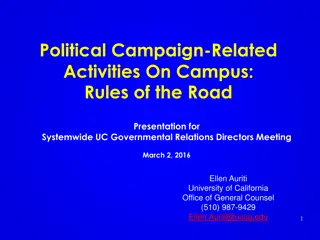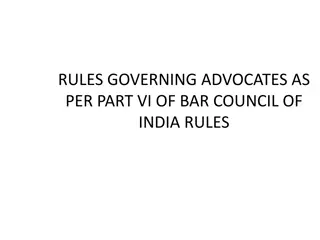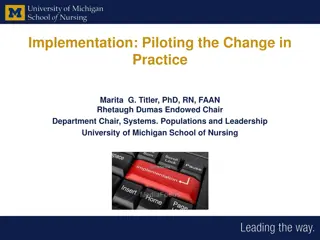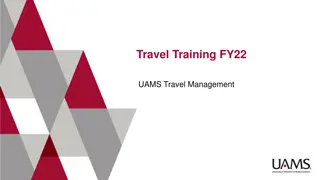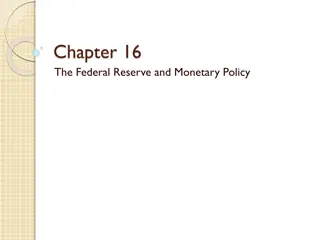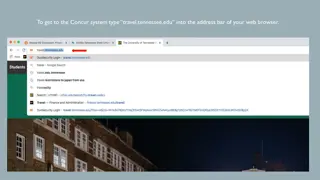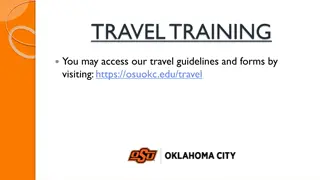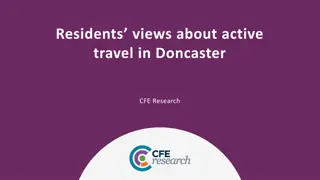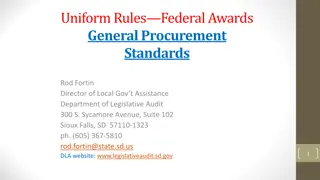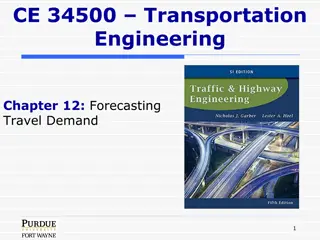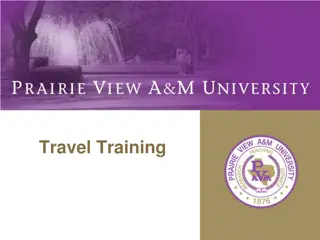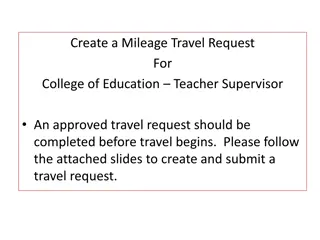Understanding Federal Public Health Travel Restrictions and Do Not Board Protocol
Delve into the world of Federal Public Health Travel Restrictions, focusing on the Do Not Board (DNB) and Public Health Lookout (PHLO). Learn about the roles of State and Local Health Departments in this process, the history, regulatory authority, and implementation details. Discover how specific criteria can prevent individuals from obtaining boarding passes and entering the United States, alerting officials to public health concerns.
Download Presentation

Please find below an Image/Link to download the presentation.
The content on the website is provided AS IS for your information and personal use only. It may not be sold, licensed, or shared on other websites without obtaining consent from the author. Download presentation by click this link. If you encounter any issues during the download, it is possible that the publisher has removed the file from their server.
E N D
Presentation Transcript
Federal Public Health Travel Restriction Tools: Do Not Board and Public Health Lookout Mayra Morales, MPH Quarantine Public Health Officer CDC Seattle Quarantine Station October 28, 2021
Objectives At the end of this session, participants will be able to: Define Federal Public Health Travel Restrictions - Public Health Do Not Board (DNB) and Public Health Border Lookout (LO) Describe the roles of a S/LHD in the DNB/LO process
History of Do Not Board and Public Health Lookout Formal process developed in 2007 between the US Departments of Health and Human Services Homeland Security Relied on airlines and US Customs and Border Protection to help prevent travel before 2007
Regulatory Authority: Illness in Travelers Quarantinable Communicable Diseases, Presidential Executive Order 13295, April 2003 (Amended April 2005 and July 2014) Cholera Diphtheria Infectious tuberculosis Plague Smallpox Yellow fever Viral hemorrhagic fevers Severe acute respiratory syndromes Novel or re-emerging influenza causing or with potential to cause a pandemic
Public Health Lookout (PHLO) Do Not Board (DNB) This intervention alerts US Customs and Border Protection officers of a person having an issue of public health concern who attempts to enter the United States This travel restriction prevents people who meet specific criteria from obtaining a boarding pass for any flight arriving in, departing from, or flying within the United States Prompts notification to CDC Quarantine Station staff when the person attempts to enter the United States Does not prevent passengers from boarding ships, trains, or buses Implemented by Transportation Security Administration (TSA) Implemented by US Customs and Border Protection (CBP)
Public Health Lookout (PHLO) Do Not Board (DNB) This travel restriction prevents people who meet specific criteria from obtaining a boarding pass for any flight arriving in, departing from from, or flying within the United States This intervention alerts US Customs and Border Protection Officers of a person on the DNB who attempts to enter the United States Prompts notification to CDC Quarantine Station staff when the person attempts to enter the United States Does not prevent passengers from boarding ships, trains, or buses Implemented by Transportation Security Administration (TSA) Implemented by US Customs and Border Protection (CBP)
DNB Process: Key Partners Local and State Health Departments Department of Homeland Security CDC Quarantine Stations Foreign Public Health Agencies
CDC Quarantine Stations https://www.cdc.gov/quarantine/quarantinestations.html
Criteria for DNB Addition 1 Infectious, likely infectious, or at risk of becoming infectious with a serious contagious disease that poses a public health threat to the traveling public AND 3 4 2 At risk of traveling on a commercial flight or of traveling internationally Travel restrictions needed to respond to a public health outbreak or to help enforce a public health order Nonadherent with public health recommendations, unaware of diagnosis, or unable to be located OR OR https://www.federalregister.gov/documents/2015/03/27/2015-07118/criteria-for-requesting-federal-travel-restrictions-for- public-health-purposes-including-for-viral
Criterion for DNB Removal 1 Individual is no longer considered to be infectious or at risk of becoming infectious Individual is no longer considered to be infectious or at risk of becoming infectious
5 Steps to Place Someone on the DNB/PHLO Lists Gather clinical, travel, and identifying information 1. Conduct conference call 2. Initiate QBHSB and DGMQ approval for addition to the DNB/PHLO list 3. Send request for DNB/PHLO addition to DHS 4. Follow up on case after DNB/PHLO action confirmed 5. 12
1. Gather clinical, travel, and identifying information QS Responsibility Compile clinical and travel information Provide case summary with pertinent information to QMO Enter information into Quarantine Activity Reporting System (QARS) Follow up with S/LHD if needed 13
2. Conduct conference call QS Responsibility Arrange conference call (use Skype or Microsoft Teams line) Complete TRIA Supplemental Report Form and post to QARS after the call Ensure participation from all pertinent individuals Obtain additional information from Passenger Analysis Unit (PAU) if needed 14
5. Confirm and notify of DNB/PHLO addition QS Responsibility Notify S/LHD that action is complete and ask S/LHD to notify person Send official DNB/PHLO addition letter to the person Contact Seattle QS if letter needs to be translated Send as FedEx Priority Overnight (enter tracking number in QARS) 15
DNB/PHLO Addition Notification Letter Seattle QS sends a copy via FedEx Priority Overnight to the individual(s) address Seattle QS will also provide a copy of this letter via e-mail to the corresponding S/LHD S/LHD role: share letter/notify the individual(s), if possible, to make them aware they have been added to DNB/LO lists E-mail may not always be available, and that s ok 17
DNB Removal Process SLHD determines the person is noninfectious and notifies the QS QMO drafts case summary; TRIA requests leadership approval TRIA submits request to DHS, TSA and CBP for processing; person is removed from the DNB/PHLO lists QS notifies the SLHD and person of DNB/PHLO removal SLHD continues case management or transfers care as needed; provides updates to the QS as needed
Overview ADDITION DURING REMOVAL Convene conference call Obtain approval from CDC if addition criteria are met Send request to DHS for processing for addition to DNB and PHLO SLHD monitors and provides regular clinical updates to QS QS and partners respond to any interceptions during travel Determine when individual is no longer infectious or at risk of becoming infectious Remove from DNB/PHLO lists Continue patient followup as appropriate
Health Department Roles Contacts jurisdictional CDC Quarantine Station for initial consultation (Seattle QS!), and participates in DNB conference call Provides regular updates on patient status Shares responsibility with QS for case management Notifies QS when patient meets DNB removal criterion Continues case management after DNB removal, and alerts QS if new concerns develop
NEW! Airport Testing Expedited DNB/LO (COVID-19 ONLY) Background: Many travelers are testing positive for COVID-19 at the airport on the same day of their travel, and it is becoming increasingly burdensome and inefficient to use normal DNB processes to restrict their travel. This DNB expedited protocol is intended to: Address projected increase in number of travelers testing positive at airport test sites with same day travel Reduce risk of travel by persons who meet criteria for DNB/LO addition based on airport test Offer a consistent and streamlined approach for these situations for branch staff Reduce burden on branch staff for urgent DNB conference calls in these situations 21
Cont. NEW! Health Department Role in Expedited DNB/LO Process (COVID-19 ONLY) If travel is confirmed by TSA for the traveler(s) of concern, the Seattle QS will inform the corresponding HD once the DNB/LO action has been processed Join conference call with CDC/TRIA and Seattle QS within 24 hours after person is added to DNB/LO Seattle QS will ask you for your availability Share DNB/LO Addition Letter with individual after it is sent to you Notify Seattle QS of any updates
CDC Seattle Quarantine Station staff is available 24/7 24/7 Phone: (206) 553-4519 Thank you! Station E-mail: qs-seattle@cdc.gov qs-seattle@cdc.gov
